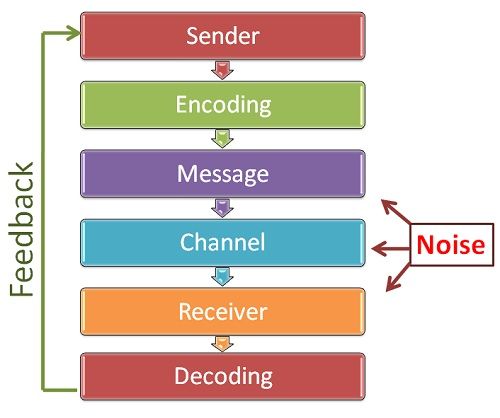Concepts of Mass Communication
Concepts of Mass Communication
This module aims to help students to understand the very basic concepts related to the communication and mass communication.
Concept : تصورات, apprehension, archetype, belief, conceit, conception, design, fancy, fantasy, idea, ideal, image, imagination, impression, judgment, model, notion, opinion, pattern, plan, purpose, sentiment, supposition, theory, thought.
Concept : تصورات, apprehension, archetype, belief, conceit, conception, design, fancy, fantasy, idea, ideal, image, imagination, impression, judgment, model, notion, opinion, pattern, plan, purpose, sentiment, supposition, theory, thought.
Mass : بڑے پیمانے پر Huge Quantity, large surface, large group, Big number of people, public or audience
Communication: مواصلات Exchanging/Sharing of information by speaking, writing, or using some other medium.
Mass communication is the communication of information from a person, small group of people, or an organisation to a large group of heterogeneous ( مختلف طرح کا) and anonymous people. Common communication channels in mass communication include radio, television, social media, and print media.
Communication that reach large, widely dispersed (منتشر) audience/people simultaneously.
Topics to be covered:
1. Process of Communication
2. Patterns of Communication
3. Effective Communication
4. Barriers to Effective Communication
5. Intercultural Communication
6. Managing Intercultural Communication
7. Communication and Persuasion

Process of Communication.
--------------------------------------------------------------------------------------------------------------------------
Or
Communication that reach large, widely dispersed (منتشر) audience/people simultaneously.
Topics to be covered:
1. Process of Communication
2. Patterns of Communication
3. Effective Communication
4. Barriers to Effective Communication
5. Intercultural Communication
6. Managing Intercultural Communication
7. Communication and Persuasion
Process of Communication
Before diving in this topic we try to understand the communication model developed by an American political scientist and communication theorist Harold Lasswell in 1948.
Remember the sentence.
Remember the sentence.
Who Says What In Which channel To Whom With What effect?

Process of Communication.
The Communication is a two-way process in which the message in the form of ideas, approaches, thoughts, feelings, opinions is transmitted between two or more persons to be understood.
The communication is a dynamic process that begins with the conceptualising of ideas by the sender who then transmits the message through a channel to the receiver, who in turn gives the feedback in the form of some message or signal within the given time frame. Thus, there are Seven major elements of communication process:
- Sender: The sender or the communicator is the person who initiates the conversation and has conceptualized the idea that he intends to convey it to others.
- Encoding: The sender begins with the encoding process wherein he uses certain words or non-verbal methods such as symbols, signs, body gestures, etc. to translate the information into a message. The sender’s knowledge, skills, perception, background, competencies, etc. has a great impact on the success of the message.
- Message: Once the encoding is finished, the sender gets the message that he intends to convey. The message can be written, oral, symbolic or non-verbal such as body gestures, silence, sighs, sounds, etc. or any other signal that triggers the response of a receiver.
- Communication Channel: The Sender chooses the medium through which he wants to convey his message to the recipient. It must be selected carefully in order to make the message effective and correctly interpreted by the recipient. The choice of medium depends on the interpersonal relationships between the sender and the receiver and also on the urgency of the message being sent. Oral, virtual, written, sound, gesture, etc. are some of the commonly used communication mediums.
- Receiver: The receiver is the person for whom the message is intended or targeted. He tries to comprehend (سمجھنا) it in the best possible manner such that the communication objective is attained. The degree to which the receiver decodes the message depends on his knowledge of the subject matter, experience, trust and relationship with the sender.
- Decoding: Here, the receiver interprets the sender’s message and tries to understand it in the best possible manner. An effective communication occurs only if the receiver understands the message in exactly the same way as it was intended by the sender.
- Feedback: The Feedback is the final step of the process that ensures the receiver has received the message and interpreted it correctly as it was intended by the sender. It increases the effectiveness of the communication as it permits the sender to know the efficacy of his message. The response of the receiver can be verbal or non-verbal.
Note: The Noise shows the barriers in communications. There are chances when the message sent by the sender is not received by the recipient.
--------------------------------------------------------------------------------------------------------------------------




Comments
Post a Comment